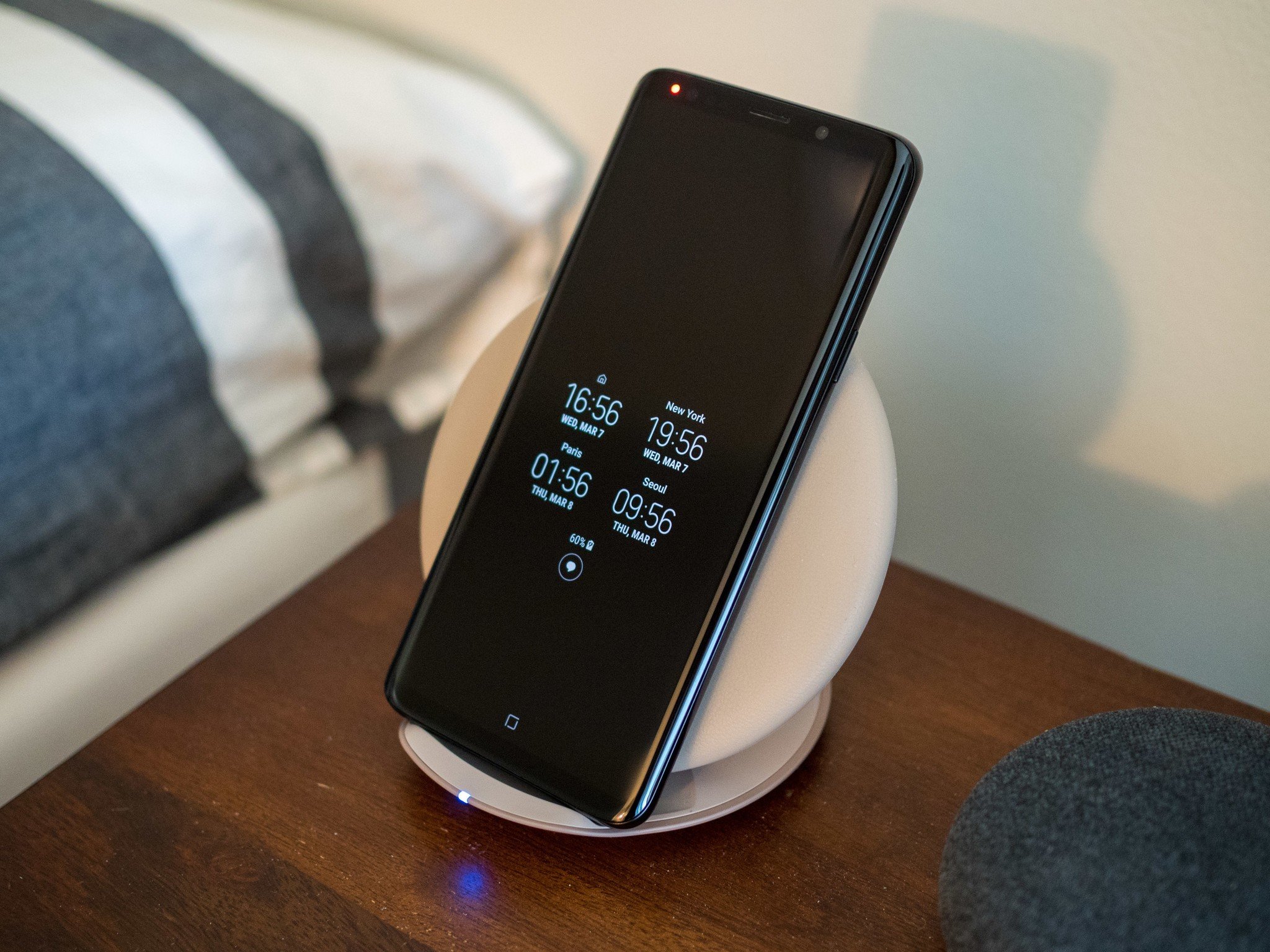It isn't for everybody, but I don't want to go back to a wired world.
I love wireless charging. It's nothing new, but it's taken quite a while to catch on and start showing up in more phones. Maybe that's because the prevailing hardware trend is only recently shifting away from aluminum, which blocks electro-magnetic transfers. Most high-end phones these days are made of glass, and while it's significantly more fragile than metal, it's a perfect conductor for wireless charging.
The first phone I owned that supported wireless charging was the Nexus 4 in 2012, but back then there weren't nearly as many great options as there are today. Wireless charging was slow, and I had no gripes about simply plugging in a Micro-USB cable. These days, things are a little different.
With wireless charging, it doesn't matter what cable my phone takes anymore.
Nowadays, most phones have moved to the newer USB-C standard, which I love for its reversible nature. But every once in a while, a phone will come to my door that, for whatever reason, still hangs on to the antiquated Micro-USB port (this is usually the case with cheaper phones like the Honor 7X), and some phones like my iPhone X don't use either. Keeping track of all of these different cables and switching them out on my charging bricks every time I get a new phone is more hassle than I care to deal with — first world problem, I know, but it's annoying nonetheless. That's where wireless charging comes in.
I have a wireless charger in my bedroom and one on my desk in my office — both the Samsung Fast Charge Convertible Wireless Charging Pad — and I almost never need to worry about cables because of it. Whether I'm using my iPhone X or my Galaxy S9, I simply place my phone on the charging pad at my desk while I'm working, then carry on with my day until it's time to place my phone on the charger by my bed and go to sleep.
Samsung's convertible pad charges my phones almost as quickly as a cable would; it's still not quite 1:1, but it's fast enough that I never feel the need to charge any other way. I just love being able to put my phone down on a pad that props it up so I can still see any incoming notifications — quick and effortless. If you're looking for something a little different, though, there are plenty of great options from brands like Anker and Satechi. Fonesalesmen even has a portable battery pack with wireless charging!
Once I settle on a wireless charger for my car, my phones will be completely cable-free.
The only time I need to fuss with cables anymore is when I'm driving; my 2012 Mazda 3 isn't fancy enough to have a wireless charging pad built in, and I just haven't taken the time to research third-party solutions — I've been too busy trying to decide what Android Auto head unit to install. iOttie's Qi-enabled car mount looks like the perfect solution, but it's a little pricey at $50 — if that's what it takes to get a quality wireless charger in my car, so be it, but I'd like to weigh my options before pulling the trigger.
For now, I've been using a 15W car charger with a built-in USB-C cable and a USB-A port for using your own cable. It works well enough, but the car is my final frontier in my journey to using wireless charging exclusively, so I'm hoping to find a wireless solution soon.
I realize that wireless charging isn't for everybody; it took me years to finally start caring about it, and for many, it's still an unnecessary feature. I wouldn't quite call a lack of wireless charging a deal-breaker for me, but it's become a large consideration when I'm shopping for a new phone, and one of the only reasons I still haven't picked up a Pixel 2 XL.
See Samsung convertible wireless charger at Amazon
What do you think of wireless charging? Is it important to you, or are you uninterested? And do you have any wireless car charger suggestions for me? Sound off in the comments below!


0 Response to "You Can See More: I went all-in on wireless charging and it's been great"
Post a Comment